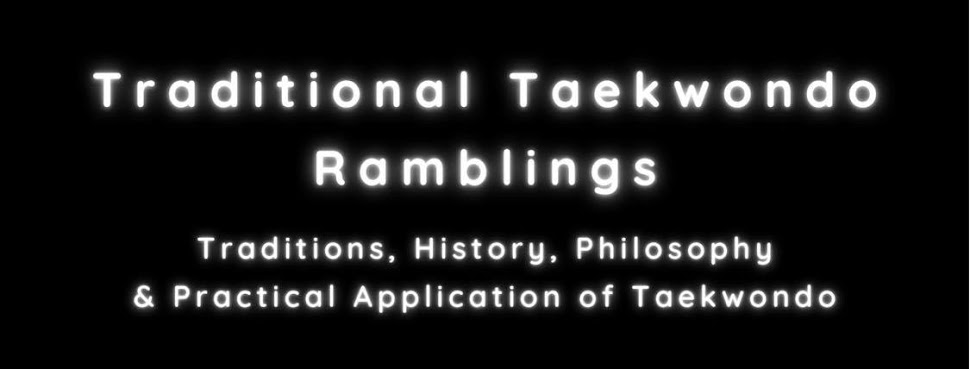 Introduction: I put a lot of emphasis on both my writings, research and energy (not to say money as
Introduction: I put a lot of emphasis on both my writings, research and energy (not to say money aswell) into learning and understanding Taekwondo and martial arts history. Often I am asked why I bother with it, as there is perceived to be very little to gain from this, and it can be quite time consuming. Also I have heard (and will undoubtfully hear it more in the future) that understanding and learning history will not make someones side kick any better. It is true that history will not make you perform physically better, but in my opinion it is one of the areas that are grossly overlooked and despite what people believe and perceive, I personally have gained a lot from this research. In the hopes to motivate others into delving a little more into history I will write a few points on what this is in this post.



